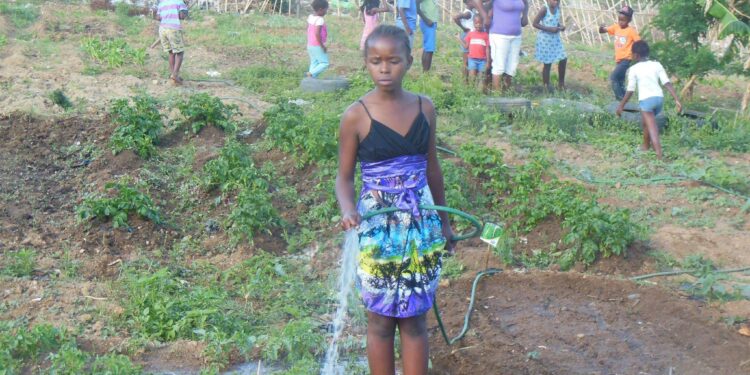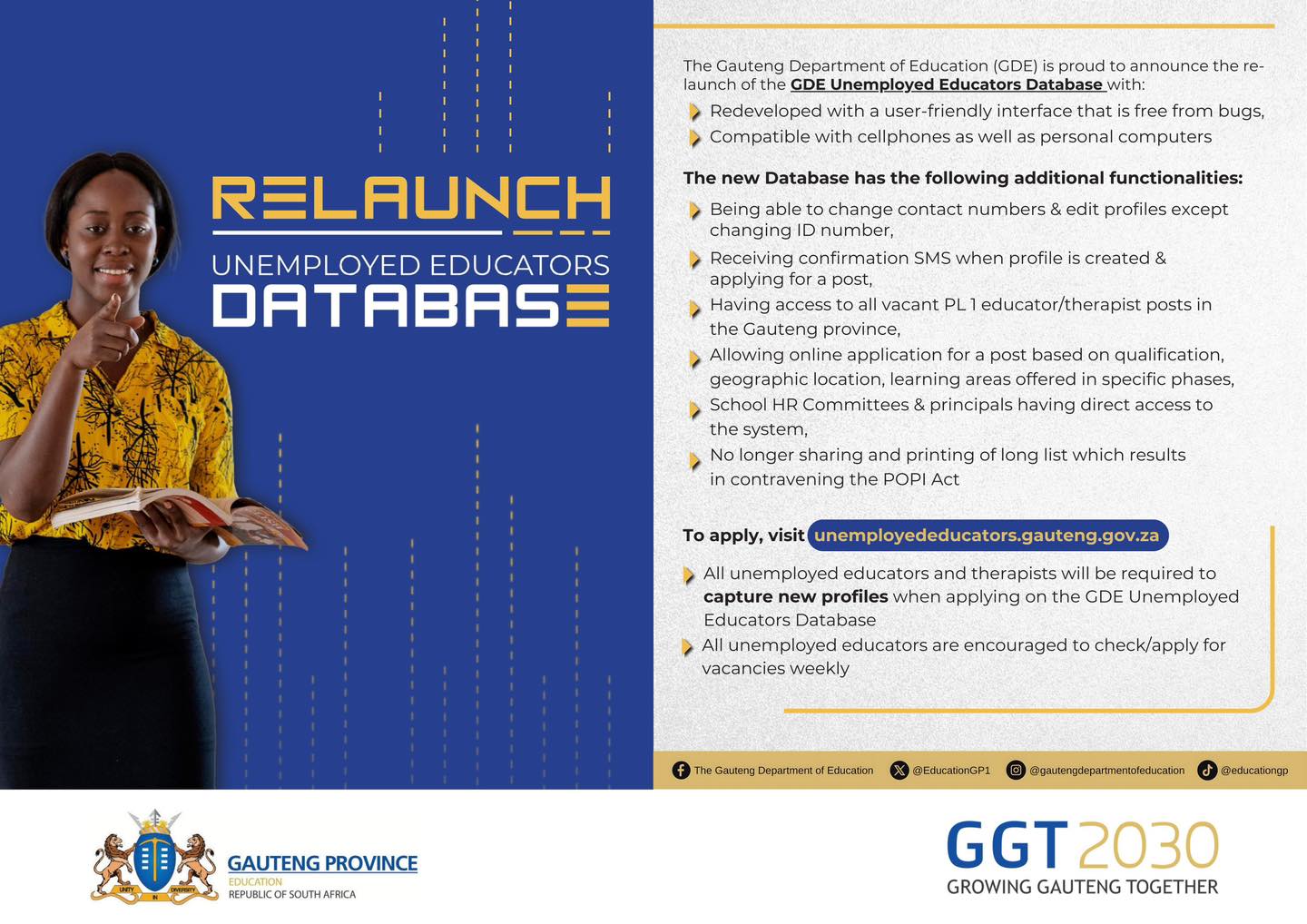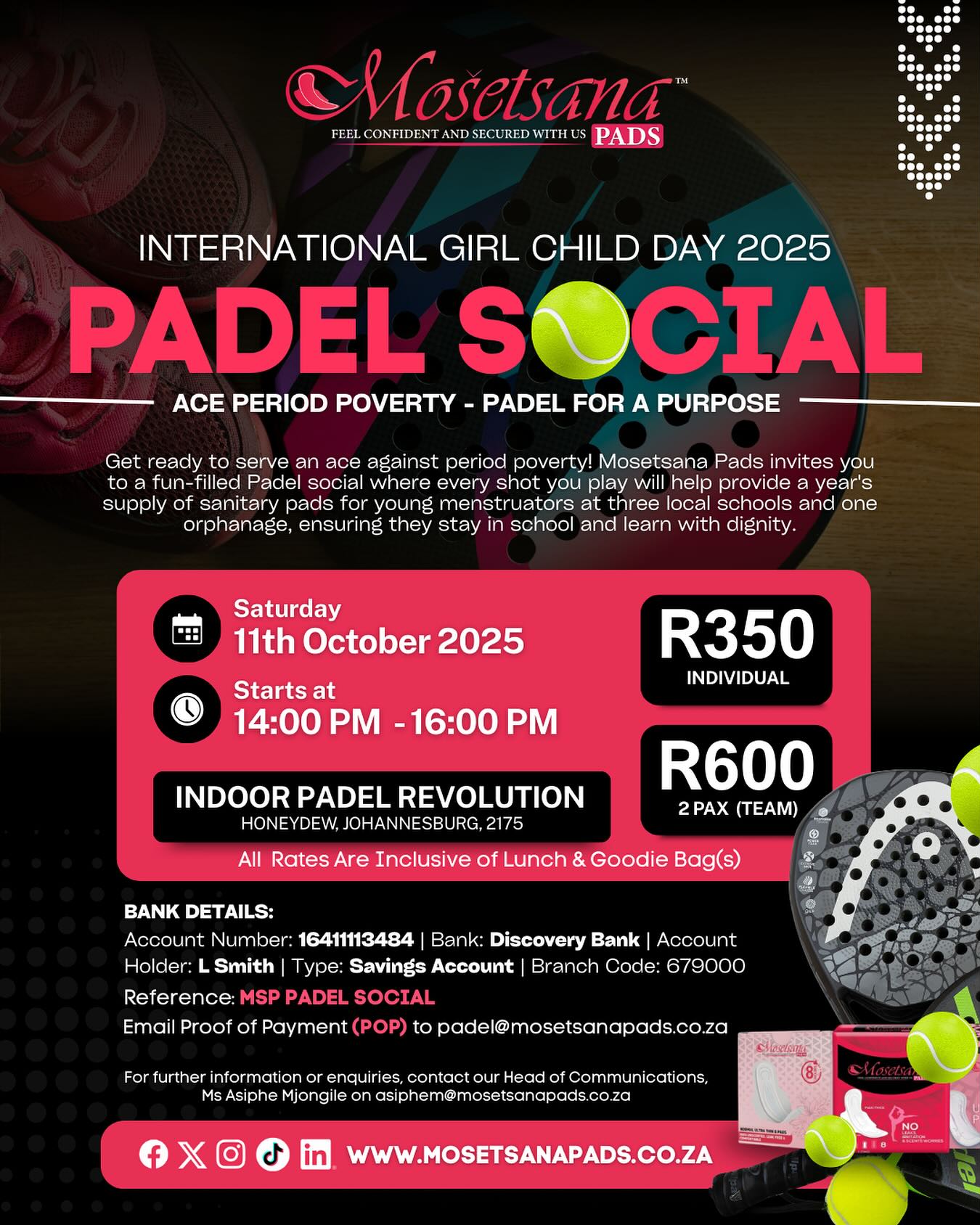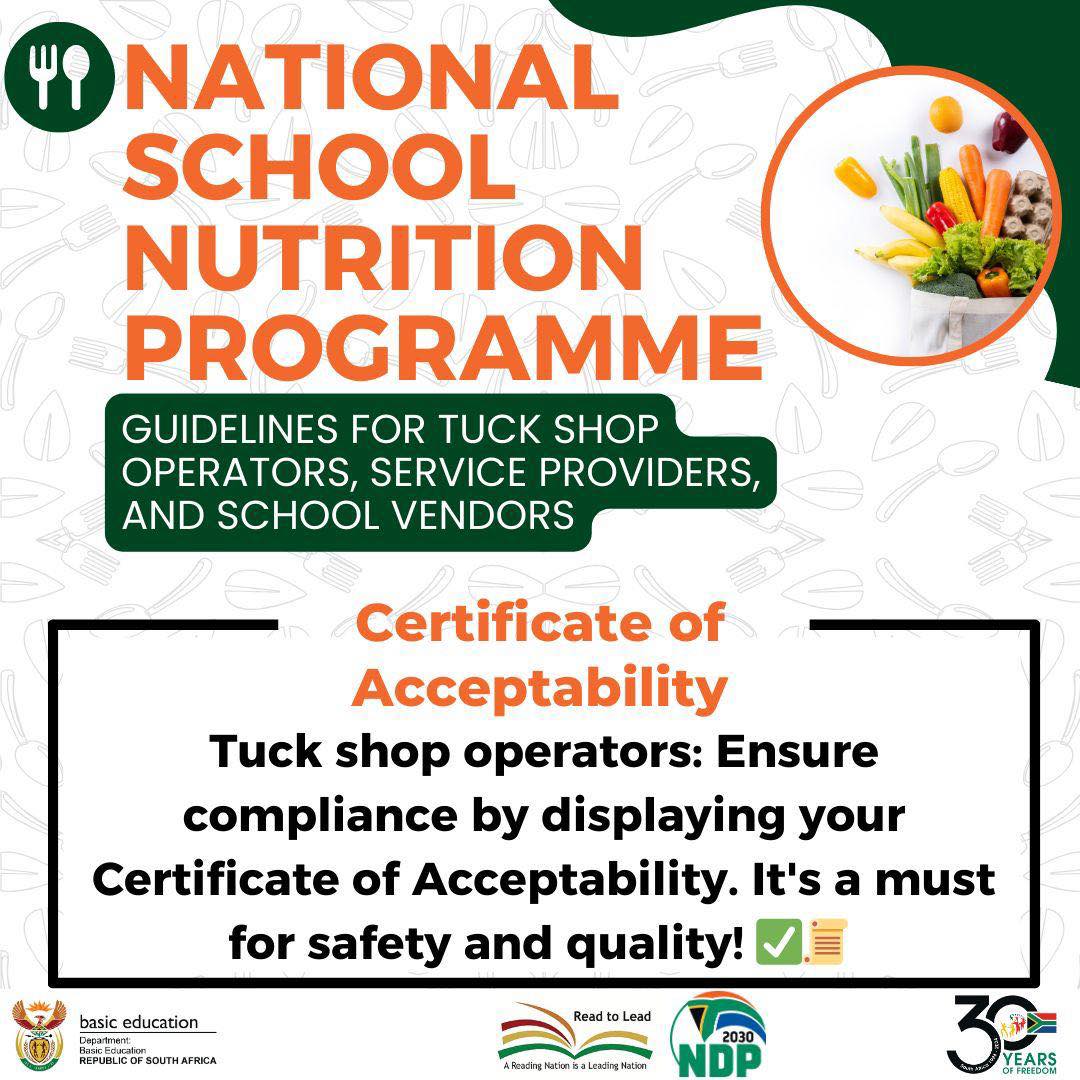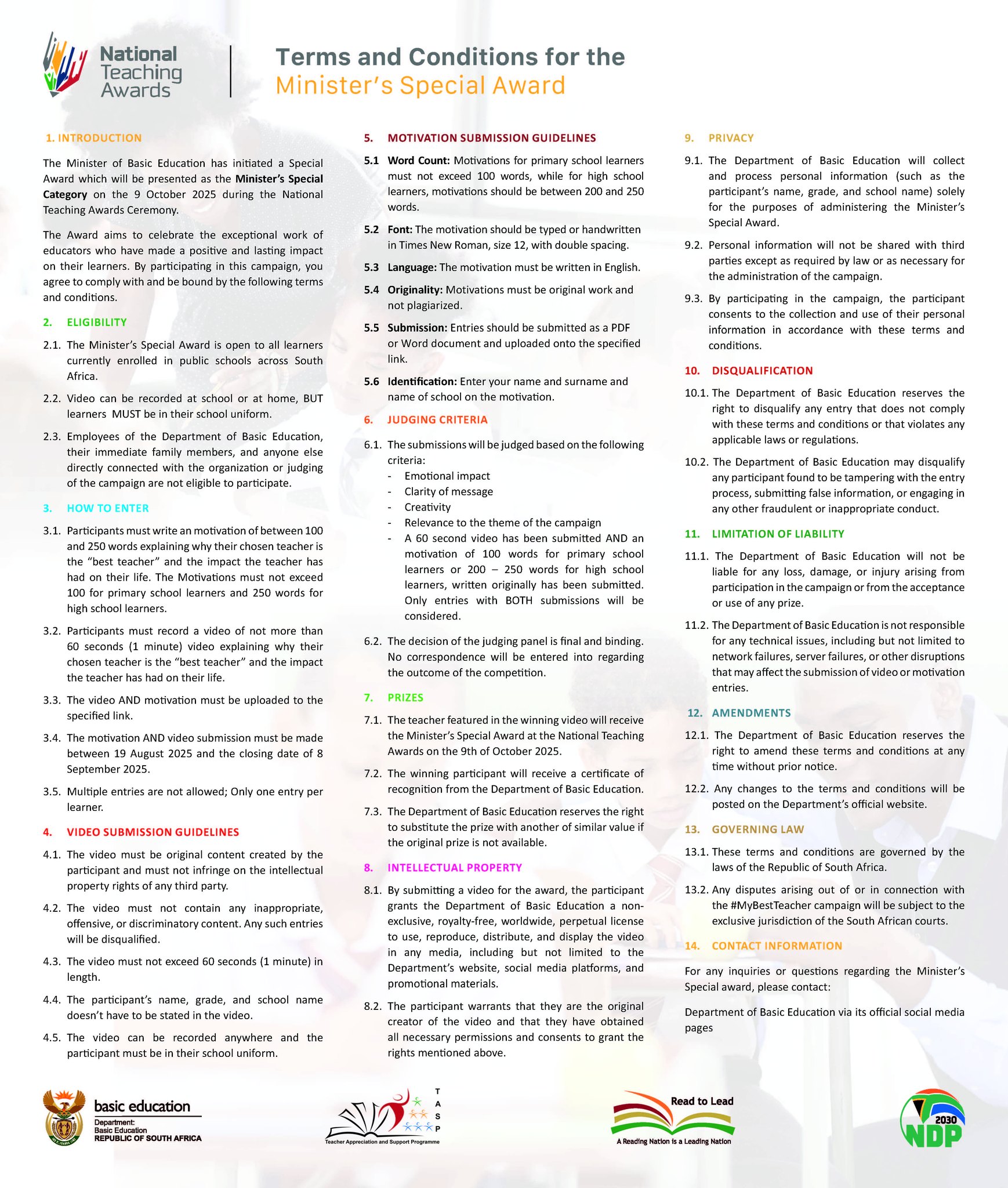Reliance on government funding grew as the proportion of individuals receiving social grants increased from 12,8% in 2003 to 30,9% in 2019 and surged to 40,1% in 2024 due to the introduction of the special COVID-19 Social Relief of Distress (SRD) grant. This is according to the General Household Survey (GHS) released by Statistics South Africa today.
The report reveals that in 2024, 42,4% of households were headed by females, with the highest prevalence in rural areas (47,1%), particularly in Eastern Cape (48,8%) and KwaZulu-Natal (46,8%). Female-headed households were least common in Gauteng (37,3%).
More than one-quarter (26,9%) of households consisted of a single person, while 39,4% were nuclear households comprised of parents and children. Skip generation households, in which grandparents lived with grandchildren, comprised 4,2% of all households. The latter were most common in Eastern Cape (7,7%) and Limpopo (6,9%). Less than a third (31,4%) of children lived with both parents, while 45,5% of children lived with only their mothers. More than one- tenth (11,7%) were orphaned, having lost one or both parents. Almost one-fifth (18,8%) of children lived with neither of their biological parents.
In terms of medical aid access, approximately three out of twenty South Africans had access to a medical aid scheme in 2024. Coverage slightly declined from 15,9% in 2002 to 15,5% in 2024. The highest coverage rates were in Western Cape (25,4%) and Gauteng (21,3%), while the lowest were in Limpopo (10,0%) and KwaZulu-Natal (10,2%).
The survey shows that the percentage of households that lived in formal dwellings increased from 73,5% in 2002 to 84,1% in 2024. Nationally, three-fifths (60,1%) of households owned the dwelling they lived in. A further 25,1% rented their dwellings.
Between 2002 and 2024, the percentage of households with access to piped or tap water in their dwellings, off-site or on-site, increased by 3,3 percentage points to 87,7%. Households with access to piped water in their dwellings increased from 40,4% to 46,4%. The percentage of households with access to municipal water increased from 78,4% in 2004 to 79,8% in 2024, an increase of 6,3 million households.
Access to improved sanitation (flush toilets and pit toilets with ventilation pipes) increased from 61,7% in 2002 to 83,1% in 2024. The largest increases were observed in Eastern Cape (56,5 percentage points), Limpopo (35,3 percentage points) and KwaZulu-Natal (26,9 percentage points). Approximately two-thirds (66,7%) of households used flush toilets (up from 57,3% in 2002), while 16,3% used pit toilets with ventilation pipes (up from 4,4% in 2002). Less than one percent of households did not have access to any form of sanitation. While 46,2% of toilet facilities were located in the dwelling, 49,9% were located in the yard.
Access to mains electricity also increased notably since 2002, increasing from 76,7% to 90,2%. Improved access to electricity has had major implications for households. The percentage of households that used electricity as the main source of energy for cooking increased from 57,5% to 77,3%, while households that used paraffin decreased to 2,2% (from 16,1%), and households that used wood or coal decreased from 23,0% to 8,0%. Gas increased from 2,2% to 7,2%.
Access to electricity has enabled wider use of household electrical appliances. Almost nine- tenths (88,3%) of households owned an electrical stove (up from 78,7% in 2012), while 80,9% of households owned a fridge (up from 70,1% in 2012). About 59,3% of households owned a microwave oven.
The report further shows that more than one-third (35,9%) of households experienced loadshedding or power interruptions during the week before they were interviewed. Households employed a variety of alternative energy sources for cooking. Nationally, 28,2% used LPG/Gas and 25,2% used open fires using a variety of materials such as wood, coal and charcoal. The use of gas was most common in Western Cape (46,6%) and Gauteng (36,9%). This increase is reflected in the fact that household ownership of gas stoves and plates increased from 19% in 2022 to 30,4% in 2024.
Findings from the report revealed a decline in traditional radio ownership as a result of access to alternative media like TV and internet. The percentage of households that owned a radio decreased from 79,8% in 2002 to 31,3% in 2024, while household ownership of television sets increased from 57,4% in 2002 to 77,5% in 2024. Pay TV subscriptions increased from 29,2%
in 2012 to 58,6% in 2024.
Although the percentage of households without physical mail services increased from 9,0% in 2002 to 62,6% in 2024, South African households have actually become more connected since 2002. While the percentage of households that used landlines decreased from 25,5% in 2002 to 3,4%, access to mobile phones exploded and 96,1% of households owned at least one mobile phone in 2024. The percentage of households who had access to the Internet through any other means increased from 28,0% in 2010 to 82,1% by 2024. Access to internet through fixed lines at home hovered at about 10% between 2010 and 2021, before increasing to 17,4% in 2024.

